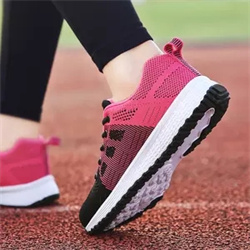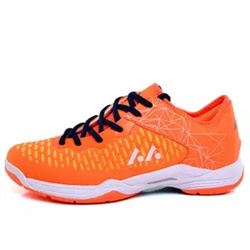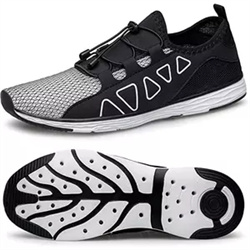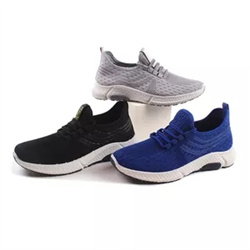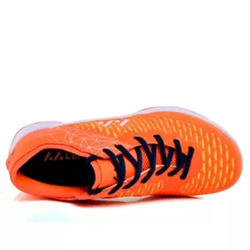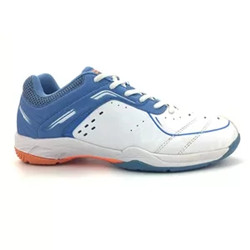Introduction of tennis shoes
Tennis sports are generally divided into four types: hard, clay, mud, and grass. Tennis sports and basketball sports are similar to the activities of the feet: strong force, changeable directions, impact resistance, good stability, good shock absorption, and good anti-slip properties. However, in contrast, tennis sports are more intense and faster. Therefore, most of the tennis shoes are in the low-to-medium style.
The front rubber cover is sufficient, especially the two sides extend very long, which is conducive to fast “braking” and instant positioning; the two sides of the forefoot are thick and strong, which is conducive to strengthening stability and instant anti-slip when moving quickly in the lateral direction. The second half is small and delicate, which is conducive to fast retreat and improve foot flexibility.
vamp
Large areas of leather or synthetic leather are used with a layer of lining to increase the strength and flexibility of the upper, and the inner toe and toes are reinforced with wear-resistant materials to prevent premature wear and enhance sports stability. The lining is thick and soft to absorb sweat, the design is rich in layers, and the lines are smooth, and the shape reflects the color of professional tennis sports.
Due to the intense tennis movement, strength and sports protection are the biggest design requirements for tennis shoes. The outsole is made of wear-resistant rubber. The front and rear sidewalls are longer to prevent friction. The overall outsole is flat, with fine patterns and directions. Complex performance, so as to adapt to the frequent movements of tennis in all directions, to meet the requirements of non-slip and wear-resistant sports; the thick shock absorber design on the heel of the midsole also improves the stability performance to meet the requirements of more jumps and shock absorption in sports. Some high-end products are also equipped with other special shock-absorbing materials to reflect more professional sports styles.









